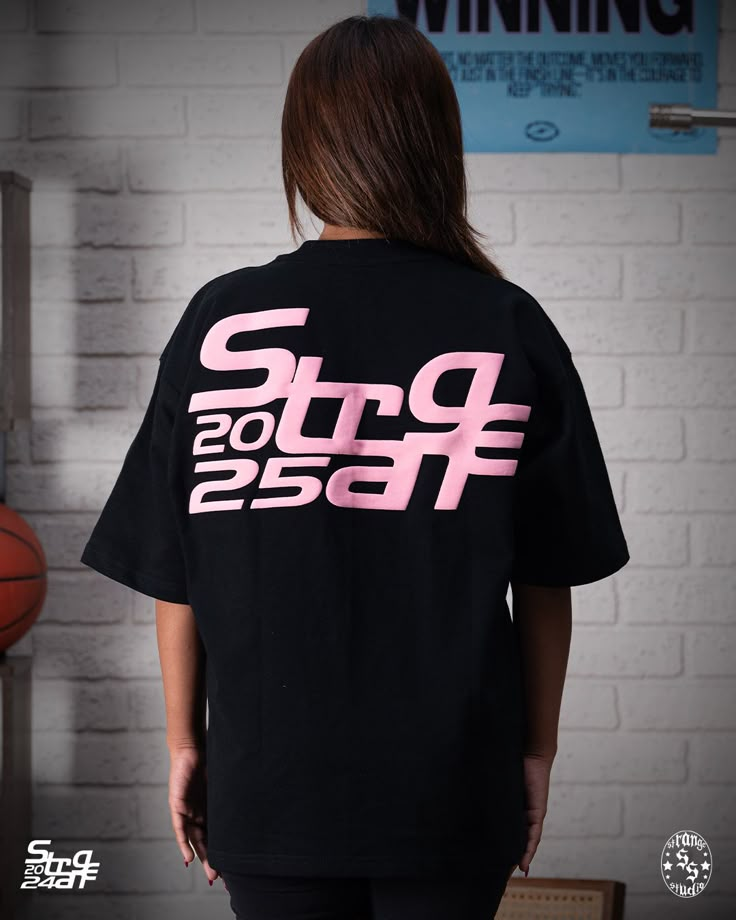- Your cart is empty
- Continue Shopping
Patchwork T-Shirts: Craftsmanship and Creativity Collide in 2025
-
By admin
- Posted on
- 0 comments
- Fashion

By 2025, the humble T-shirt has been elevated from a wardrobe basic to a canvas of artisanal innovation through the art of patchwork. What began centuries ago as a practical way to mend and reuse fabric has become a celebrated fashion movement, marrying sustainability with singular design. Today’s patchwork tees blend reclaimed textiles, hand-stitched details, and cutting-edge techniques to create wearable stories—each garment a unique mosaic of texture, color, and heritage. This deep dive explores every facet of the 2025 patchwork revival, from its historic roots to its futuristic potential.
The Revival of Patchwork: Historical Roots and Modern Renaissance
Patchwork traces its origins to necessity—frugal homemakers and quilting bees pieced together scraps to extend the life of worn cloth. Over time, it became a folk art in regions from rural America’s Amish communities to Japan’s boro menders. In the 2020s, designers rediscovered its potential as both visual art and ecological practice. By 2025, patchwork T-shirts have surged in popularity on runways and in streetwear circles, signaling a broader shift toward craftsmanship and individuality. This renaissance honors the past while pushing creative boundaries, turning each piece into a wearable time capsule.
Sourcing and Sustainability: Reclaimed Fabrics as a Foundation
Leading brands source deadstock denim, vintage bandanas, leftover knit scraps, and surplus performance jerseys to assemble their patchwork masterpieces. By diverting these materials from landfills, they reduce waste and energy consumption. Certifications such as the Textile Exchange’s Recycled Claim Standard ensure transparency in every yard used. Collaborations with local thrift stores and community upcycling workshops further anchor the movement in grassroots sustainability. The result: tees that celebrate resourcefulness without compromising on quality or design.
Techniques and Traditions: Hand-Stitching vs. Machine-Seam Artistry
Artisans employ a spectrum of methods to bind disparate pieces into a cohesive garment. Traditional sashiko, with its repetitive running stitches, reinforces fabrics while creating geometric motifs. Boro mending layers thinner textiles atop stronger backings, celebrating each visible repair. By contrast, modern overlock machines and flatlock seams enable faster assembly with precise durability. Laser-cut appliqués deliver clean edges and complex shapes. In 2025, many ateliers blend both approaches: hand-finished seams accentuate machine-stitched panels, marrying speed with soulful detail.
Design Variations: From Minimalist Panels to Eclectic Collages
Today’s patchwork T-shirts span a stylistic spectrum:
-
Monochrome Texture
Subtle tonal shifts—charcoal blacks with slate grays—highlight tactile contrast over color, creating refined, textural depth. -
Bold Color-Block Statements
Vibrant hues—emerald greens, mustard yellows, cerulean blues—are arranged in angular swaths to evoke modern art on a cotton canvas. -
Graphic Integrations
Printed panels (band logos, abstract art) intermingle with solid fabrics, weaving narrative imagery throughout the torso. -
Mixed-Media Layering
Lace trims, mesh insets, and ribbed knit patches introduce three-dimensional interest, elevating simple tees to sculptural wearables.
Each variation offers a distinct aesthetic, from the quietly sophisticated to the exuberantly expressive.
Balancing Proportions and Silhouettes
A successful patchwork tee must flatter the body despite its visual complexity. Slim-fit shirts use slender panel strips to elongate the torso, while boxy, oversized cuts employ larger swaths of contrasting fabric to create a statement shape. Cropped hems and asymmetrical side seams allow the lower layers to peek through, adding intrigue. Designers also consider sleeve length and shoulder seam placement: raglan sleeves offer fluid motion, whereas dropped shoulders amplify an effortless, deconstructed vibe. In 2025, bespoke tailors even offer custom patchwork placements to suit individual anatomies.
Artisan Collaborations: Spotlight on Makers Behind the Seams
Behind every patchwork collection stands a network of skilled hands. Japanese boro collectives lend centuries-old mending wisdom; American quilting guilds contribute time-tested stitching techniques; West African textiles workshops provide vibrant wax-print scraps. Brands such as Atelier Reclaim and Mosaic Wear partner directly with these communities, ensuring fair wages and preserving traditional crafts. Video diaries, shot on location, document the stories of each maker—transforming each tee into a testament of cultural exchange and shared creativity.
Styling Your Patchwork Tee: From Casual to Elevated
Patchwork T-shirts adapt seamlessly across dress codes:
-
Weekend Ease
Pair a denim-patch tee with raw-edge jean shorts and canvas sneakers. Roll up the sleeves to reveal reverse patch interiors for an extra surprise. -
Urban Edge
Layer a bold color-block patchwork top beneath a leather moto jacket, combining rugged leathers with soft cotton artistry. Finish with combat boots and a slouchy beanie. -
Office-Appropriate Flair
Tuck a monochrome textured patchwork shirt into high-waisted tailored trousers. Add loafers and minimal jewelry to balance creativity with professionalism. -
Evening Artistry
Contrasting a fine-mesh inset tee with satin joggers and heeled ankle boots elevates patchwork from daywear to gallery-opening chic. A structured clutch and statement cuff complete the look.
Mixing prints, textures, and layers invites endless experimentation—each outfit a reflection of personal taste and patchwork ingenuity.
The Influence of Street Culture and Social Media
TikTok tutorials titled “From Junk to Jewel” showcase at-home patchwork hacks that garner millions of views. Instagram accounts like @PatchworkPilgrim curate global street-style sightings, inspiring enthusiasts to hunt for specific fabric scraps. TikTok challenges encourage users to thrift and stitch their own tees, democratizing what was once an atelier-only practice. Influencers partner with brands on limited-edition “patch swap” events, where participants trade tees to assemble collaborative patchworks—further blurring the lines between creator and consumer.
Customization and Personalization Trends
In 2025, true exclusivity often means co-designing. Online platforms enable users to choose panel fabrics—selecting from curated deadstock swatches—then preview their layout in 3D before placing an order. Some brands offer in-person “patch bars” at pop-up shops, where customers assemble their own compositions under the guidance of an artisan. Machine embroidery adds monogram personalization, while hand-painted details inject one-off flair. This fusion of DIY spirit and professional finish ensures every patchwork T-shirt belongs solely to its wearer.
Care and Longevity: Maintaining Your Handcrafted Piece
Preserving patchwork requires mindful routines. Hand-wash or use a gentle machine cycle with cold water and mild detergent to prevent color bleeding. Air-dry flat to maintain shape and avoid seam distortion. Reinforce high-stress areas—underarms, hem edges—with periodic hand-stitches if threads loosen. Store folded, not hung, to prevent stretching in heavier patchwork panels. Treat stains promptly with spot cleaning to safeguard delicate fabrics. Well-cared-for, a patchwork tee can outlast trends, its story growing richer with each wear.
The Future of Patchwork: Integrating Smart Textiles and Interactive Elements
Looking ahead, patchwork evolves with technology. Conductive thread panels will power wearable LED accents, letting segments pulse with light. Temperature-sensitive inks embedded in select patches will shift colors based on body heat or ambient temperatures. NFC tags sewn discreetly into seams will allow wearers to access the story behind each fabric through a simple smartphone tap. Modular magnetic closures may enable dynamic reconfiguration of panels on the go, transforming one tee into multiple looks within seconds.
Conclusion: Celebrating Storytelling Through Stitch
Patchwork T-shirts in 2025 encapsulate the convergence of history, sustainability, and forward-thinking design. They honor traditional crafts while embracing innovative materials and digital technologies. Each garment becomes a tapestry of cultural narratives, environmental stewardship, and individual creativity. By wearing a patchwork tee, you don’t just don a piece of clothing—you carry a mosaic of human experience, ethically sourced and thoughtfully assembled. As the craft continues to evolve, patchwork remains a vibrant symbol of how fashion can meaningfully reflect both our collective past and our shared future.

